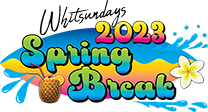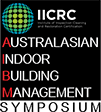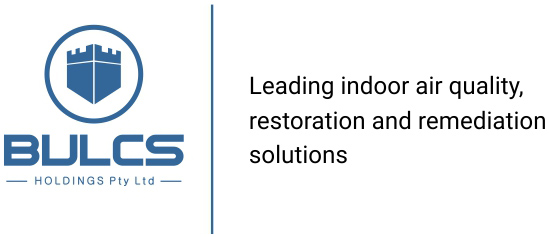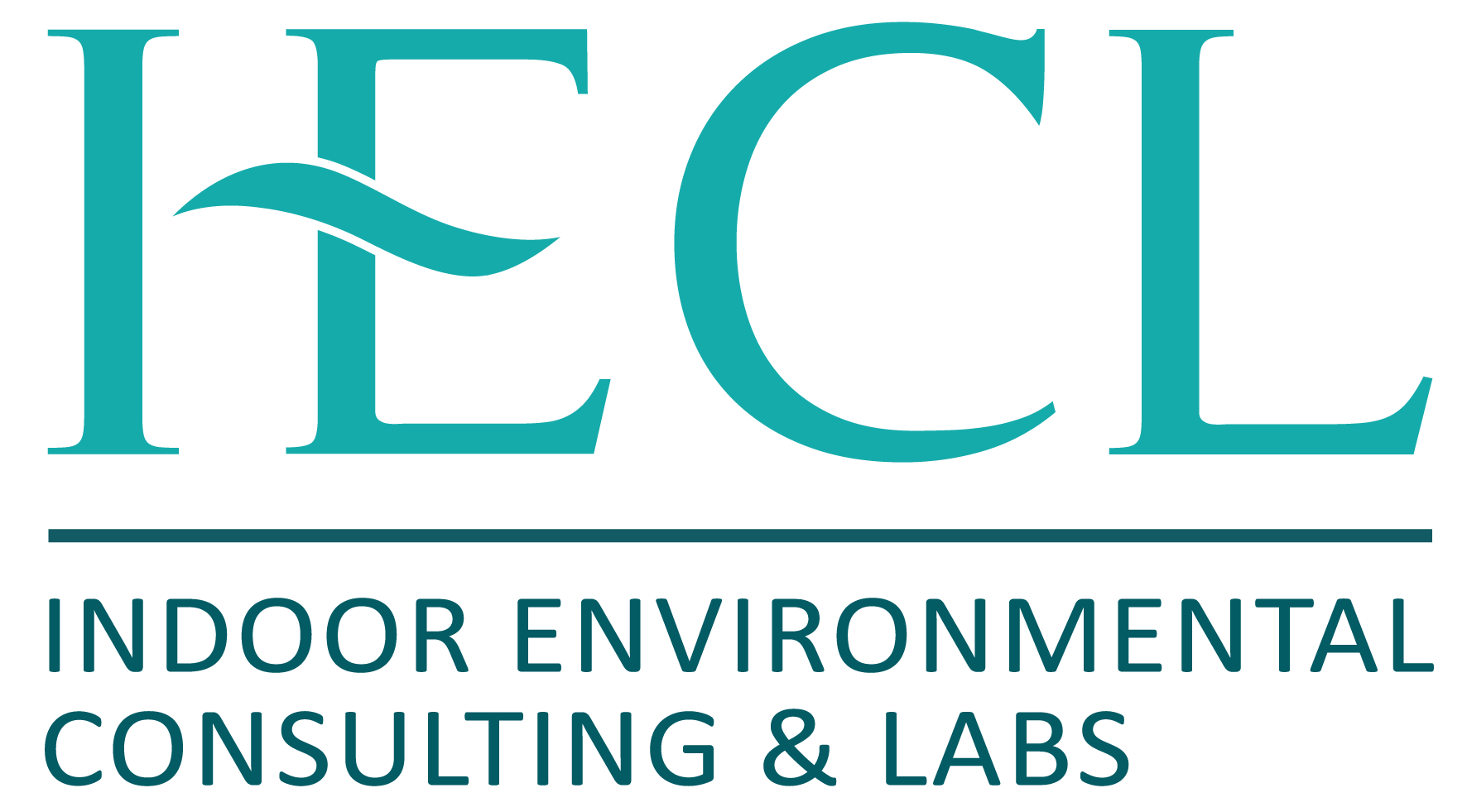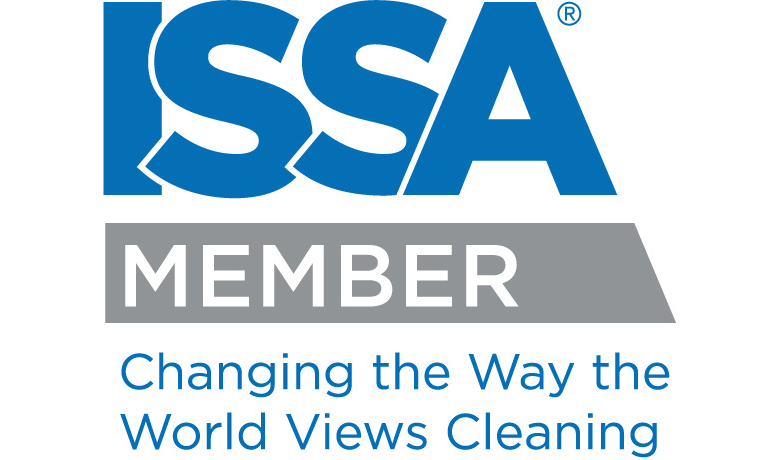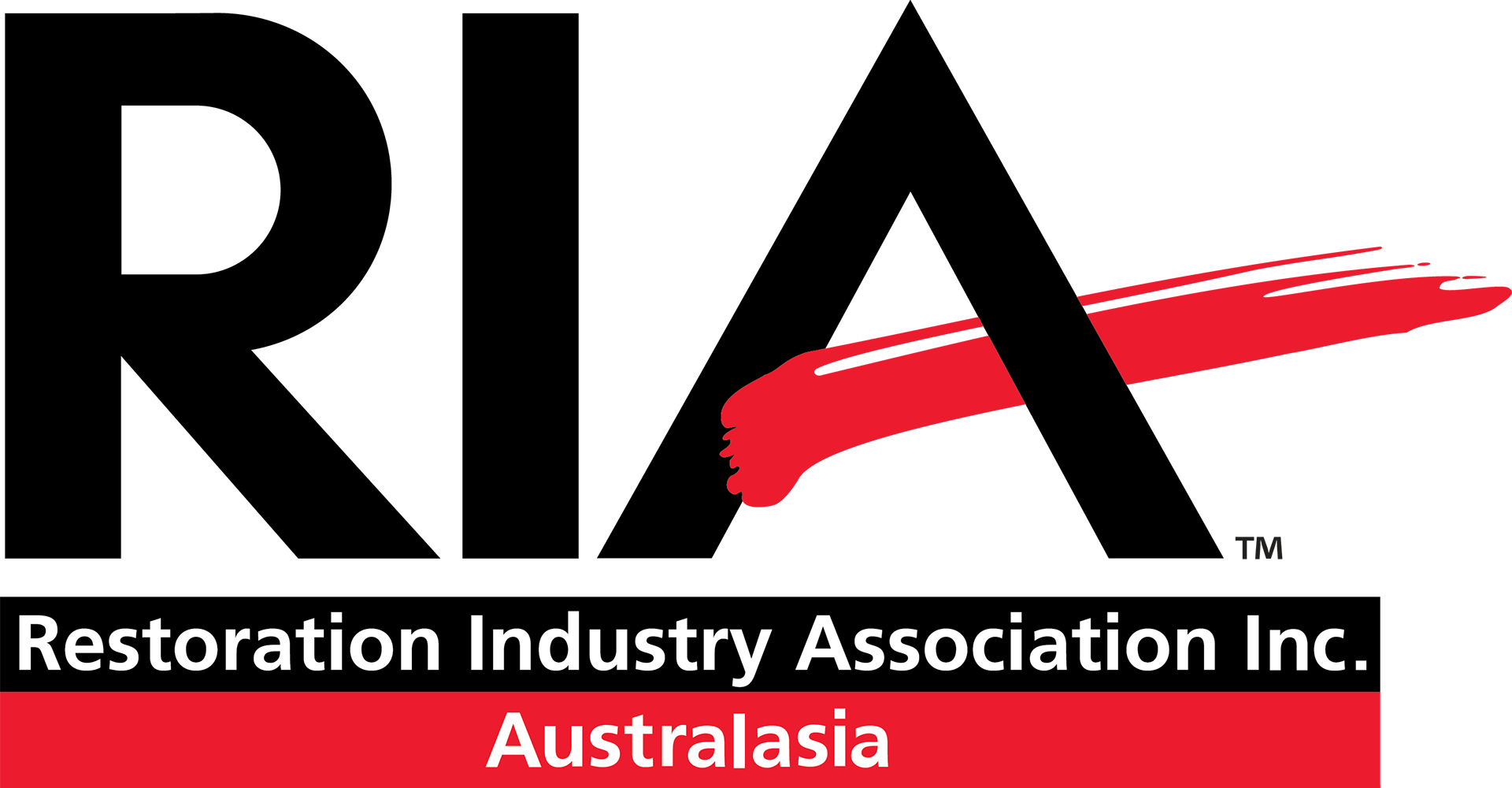Education workshops
Are you interested in running an educational workshop at the 2023 Australasian Indoor Building Management Symposium? We want to hear from you! The education workshops are an opportunity for industry experts to provide practical, hands-on instruction for AIBMS attendees, included in the ticket price. The workshops could also be utilised for industry associations to hold yearly meetings, releases of new products, exclusive association membership minutes or town hall meetings.
This is your time to shine! The invitation is here for industry experts to provide industry specific information in these exclusive seminars. To reserve an available time slot, please contact Scott at educate@coach8.com.au, phone 1300 253 464, or use the enquiry form on our Contact page.
Workshop timeslots
Thursday 14th September – Rydges Mackay Suites
2:00 pm – 3:00 pm. Workshop at Rydges Mackay Suites. Troubleshooting timber floors – Phil Buckley
3:00 pm – 5:00 pm. Workshop at Rydges Mackay Suites. Respirable crystalline silica workshop – Jason Green
Thursday 14th September – Coach8 Education Centre
2:00 pm – 4:00 pm. Workshop at Coach8 Education Centre. How to dry with desiccant dehumidification: Hot or cold weather – Ivi Sims
4:00 pm – 5:00 pm. Workshop at Coach8 Education Centre. Thermography – Ivy Ding
Friday 15th September – Rydges Mackay Suites
2:00 pm – 4:00 pm. Workshop at Rydges Mackay Suites. Microbial contamination: Getting the full picture – Belinda Badger, Bryan Jepsen, Brett Cole, Wayne Anderson and Philip Turner
Friday 15th September – Coach8 Education Centre
2:00 pm – 3:00 pm. Workshop at Coach8 Education Centre. Mycometer workshop – Lisa Rogers
3:00 pm – 4:00 pm. Workshop at Coach8 Education Centre. Restoration reporting – Lane Larsen
4:00 pm – 5:00 pm. Workshop at Coach8 Education Centre. Respiratory protection – Sean Driscoll

Workshop details
This section provides details about the workshops at the 2023 Australian Indoor Building Management Symposium. Be sure to check back here regularly as more workshops and presenters are confirmed.
Troubleshooting timber floors
Identifying the causes of damage and performance issues with timber flooring can be challenging – especially when different concerns can present in similar ways. This workshop looks at ways to investigate and identify problems, how to plan a remediation process, and importantly, how to manage the client through the process.

Phil Buckley is a second-generation timber flooring specialist, having grown up in Sydney working as a parquetry installer and general hand at Alpine Parquetry. Phil’s 25 years in the industry have included roles as an Installer, Site-Supervisor, Sales Manager, Project Manager, General Manager and Director. Phil has been an ATFA inspector and member of the NSW Standing Committee for the past 7 years and has represented the flooring industry on the Industry Reference Committee (that oversees development and maintenance of the trade qualification) for the last 3 years. Phil has a master’s degree in Teaching, a Diploma in Project Management and the ATFA Diploma in Timber Flooring. As well as running Mint Floors, Phil is ATFA’s Technical and Inspection Director.
Respirable crystalline silica (RCS) awareness workshop
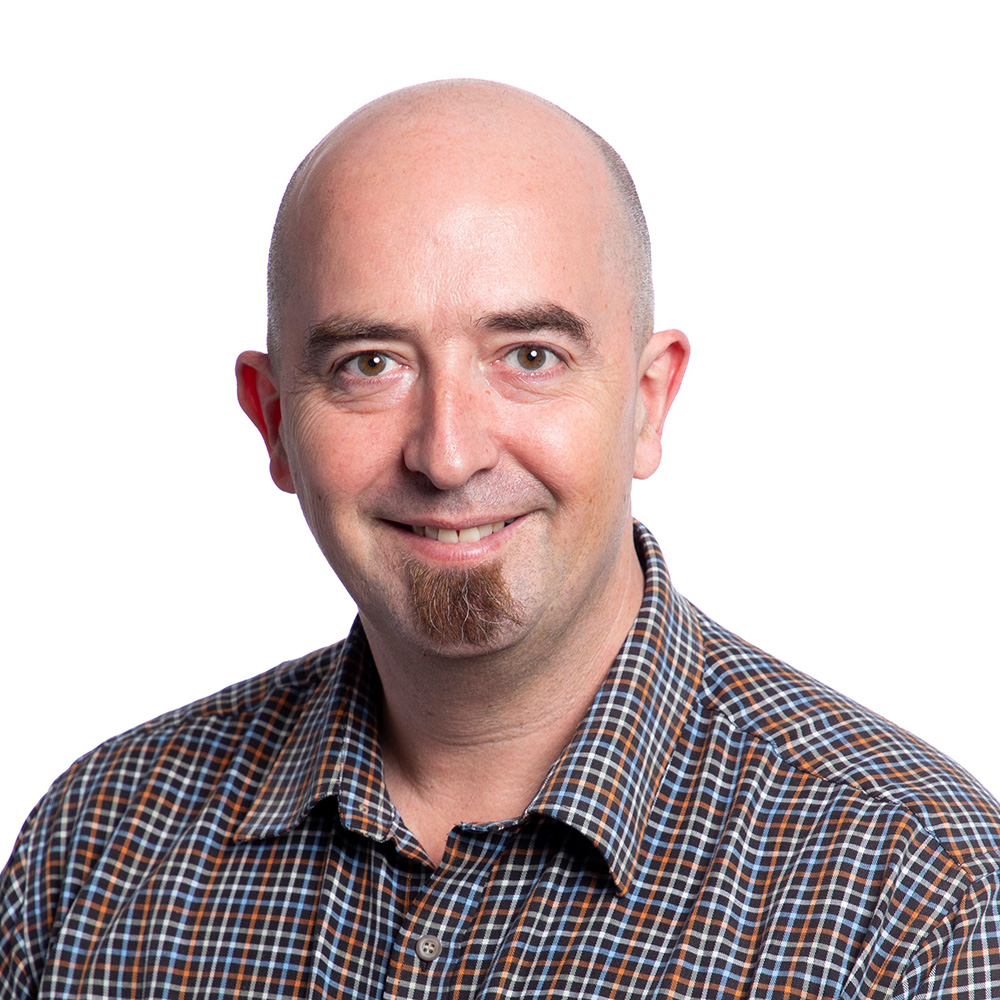
Jason is a Certified Occupational Hygienist (COH)® and Full Member of the Australian Institute of Occupational Hygienists (AIOH). Jason is Certified Water Damage Restoration Technician with the Institute of Inspection, Cleaning and Restoration Certification (IICRC) and a Licenced Asbestos Assessor. He also holds a master’s degree in Occupational Hygiene Practice (OHP) from University of Wollongong. Jason is an Indoor Environmental Profession (IEP) and has over 30 years of experience in the fields of occupational hygiene, indoor air and environmental air quality (IAQ/IEQ), chemical exposure, hazardous materials, workplace health and safety (WHS) and environmental consulting. Jason has conducted a diverse range occupational hygiene, IAQ, IEQ risk assessments for a wide range of government, commercial, residential and industrial projects. Jason is the Vice President with the Indoor Air Quality Association (IAQA) in Australia. Jason is the past President of the Workplace Health Without Borders (WHWB) in Australia (now Board Member). Jason has acted as Lead Occupational Hygienist, project manager and provided onsite supervision on a multiple large projects covering multi-site assets. He has particular experience in the areas of occupational hygiene-related chemical, biological and physical hazard exposure assessment, qualitative and quantitative health risk assessments for occupational/community exposures and hazardous chemical investigations.
How to dry with desiccant dehumidification: Hot or cold weather
The myth about desiccant drying to be used only under extremely cold conditions will be busted in this training season. We look at different desiccant units available in the Australian market and how smaller is not only better but also more versatile in a drying job. Desiccant dehumidification can provide an efficient, effective solution for drying concrete quickly and safely, with an ability to remove moisture from even the most stubborn materials.
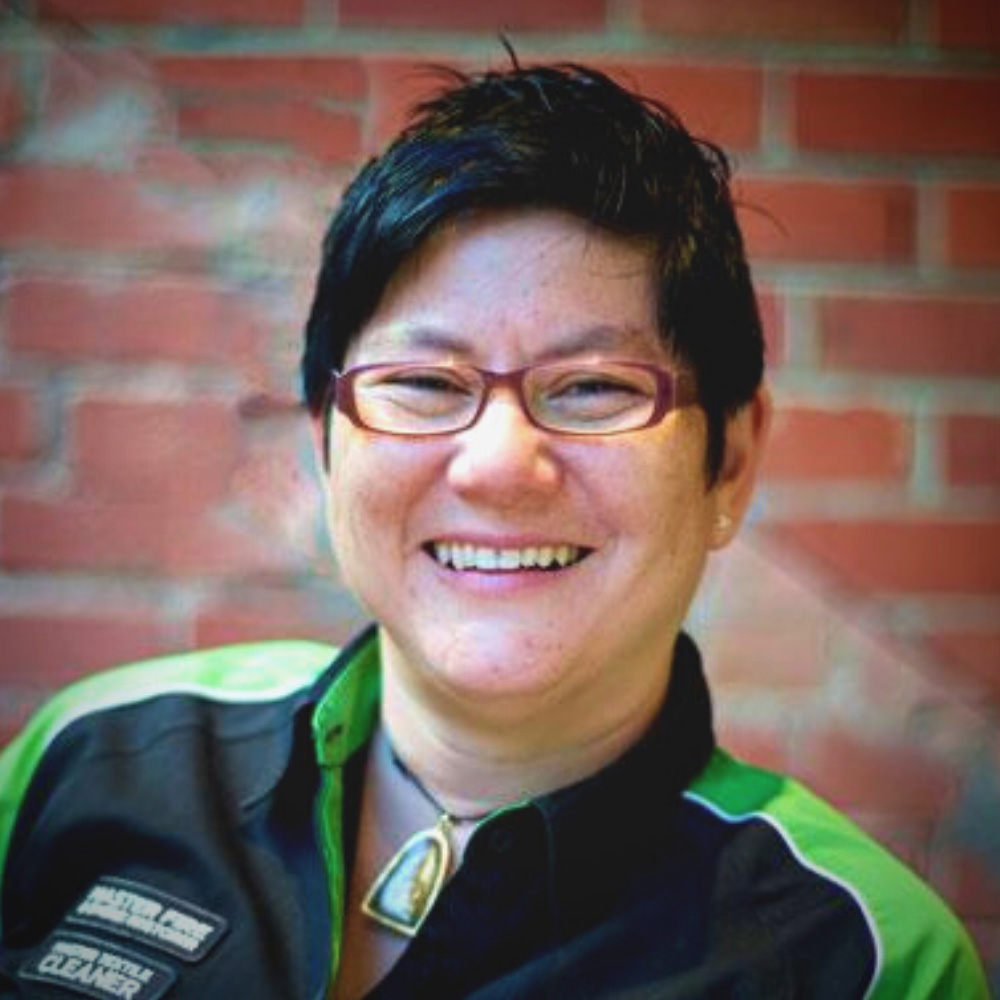
Ivi Sims has 22 years of industry experience with the following achievements in the restoration industry: WLS, CMP, Triple Master Restorer, CIQAM, RTPE and AIRAH.M. Ivi has presented at various conferences including the Indoor Air Quality Association (IAQA) conference 2019, the Worldwide Cleaning Industry Association (ISSA) conference 2019, and the Building Physics Forum 2019. In 2016, Ivi became a founding member of the Indoor Air Quality Association Australian Chapter (IAQAA) and the Indoor Air Quality Association (IAQA) Membership Committee. Ivi is the Australian editor of Healthy Indoor Magazine which deals with many indoor air quality situations including mould and building science. Ivi is also the past President of Victoria’s Specialist Cleaning and Restoration Association (SCRP), 2013-2015. Ivi currently sits on international committees that help to develop standards or promote the industry, including: the Institute of Inspection, Cleaning and Restoration Certification (IICRC) Health and Safety Cleaning and Restoration Committee, and the S760 Committee.
Thermography
This workshop for restoration professionals will answer the following questions about themography. Why is a thermal camera an important tool for restorers? What features should you look for in a thermal camera? What camera features can benefit restorers? Do different technician levels require more camera features? How can these features play a big part to get better images for your professional reports for structural drying?
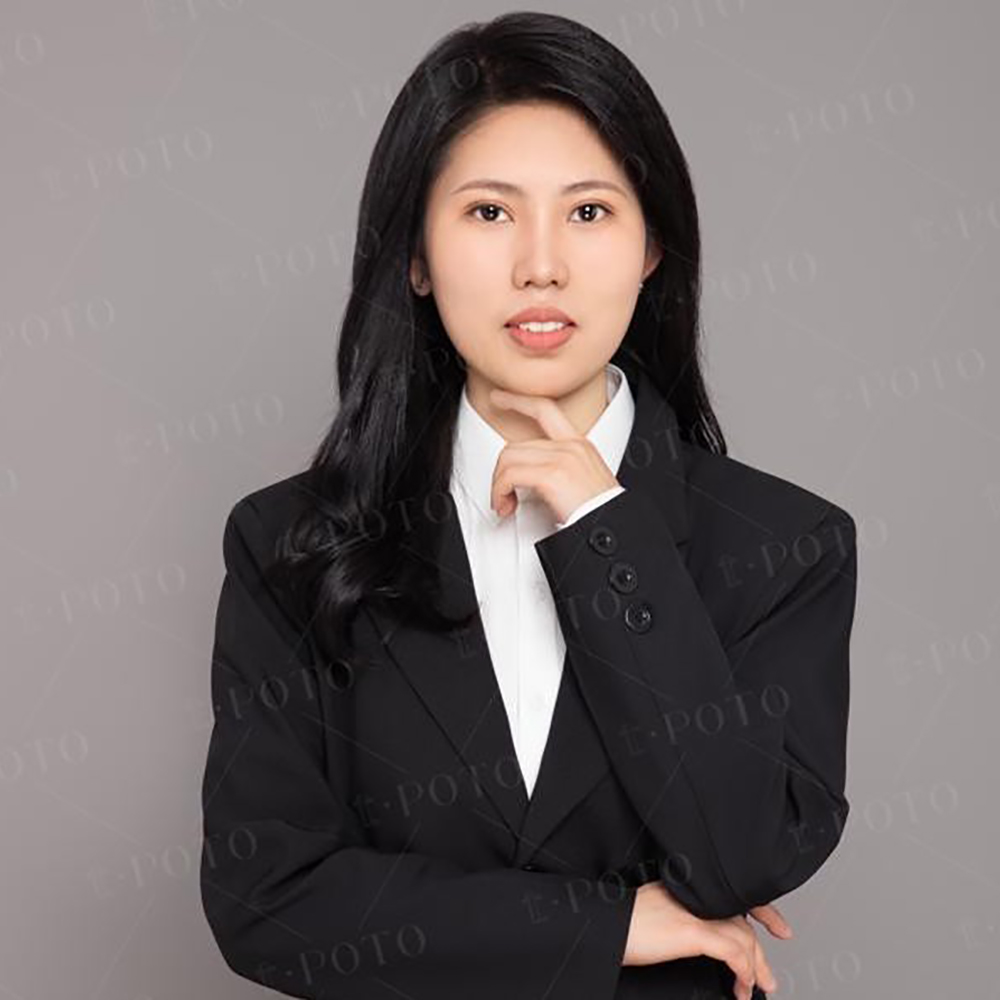
Ivy Ding works for Hikmicro as technical support for the Australia and New Zealand region. She specialises in thermal products and is the trainer for thermography for Hikmicro. Ivy has a keen insight into thermal cameras based on a wealth of experience. Hikmicro is a leading provider of thermal imaging equipment and solutions. Offering superb value for money, coupled with leading-edge technology and features, Hikmicro serves customers in over 100 countries and regions.
Microbial contamination: Getting the full picture
In events involving mould and bacterial contamination and biofilm development, the reliance on visual inspection alone can leave critical details unnoticed. While there is much talk about avoiding testing to save costs and time and reduce uncertainty, the shift away from on-site instruments and lab methods implies that human eyesight alone can determine whether a space has returned to its pre-loss condition after dampness and microbial issues. This panel discussion will get you thinking about our human senses and how we can enhance what we see.
The value of visual inspection. The widespread use of visual clearances suggests that if an area or surface doesn’t show obvious signs of dampness-related growth or deposition, it meets the necessary criteria for return to pre-loss condition or safe occupancy. However, there are hidden challenges. Settled microbial particles and microbial growth lacking pigments, including some moulds, yeasts and certain bacteria, remain invisible to the naked eye. Microorganisms can also enter a dormant state that’s not detectable through standard means.
Using testing wisely. Recognising that we can’t spot all organisms visually, we can employ testing strategically to assess risks more effectively. Simply dismissing testing due to the absence of specific microbial contamination thresholds is unjustified. In occupational hygiene, the gold standard is to assess risks when thresholds are lacking – a principle applicable to mould and microbial contamination findings as much as to industrial emissions.
Building skills and expertise. Skills can be acquired, both in the field and the laboratory, to enable us to make informed decisions when dealing with contaminants without established thresholds. These skills are crucial for keeping workers, including restoration contractors, hygienists, indoor environment professionals and building biologists safe in microbially contaminated environments.
The expert panel. Our panel comprises experts in occupational hygiene, infectious disease, chemistry, and indoor environment and microbial analysis. Through our discussion, we aim to enhance your trust in your senses while also highlighting when supplemental testing technologies are necessary. Our goal is to provide a comprehensive understanding of contamination testing and promote safer building practices.
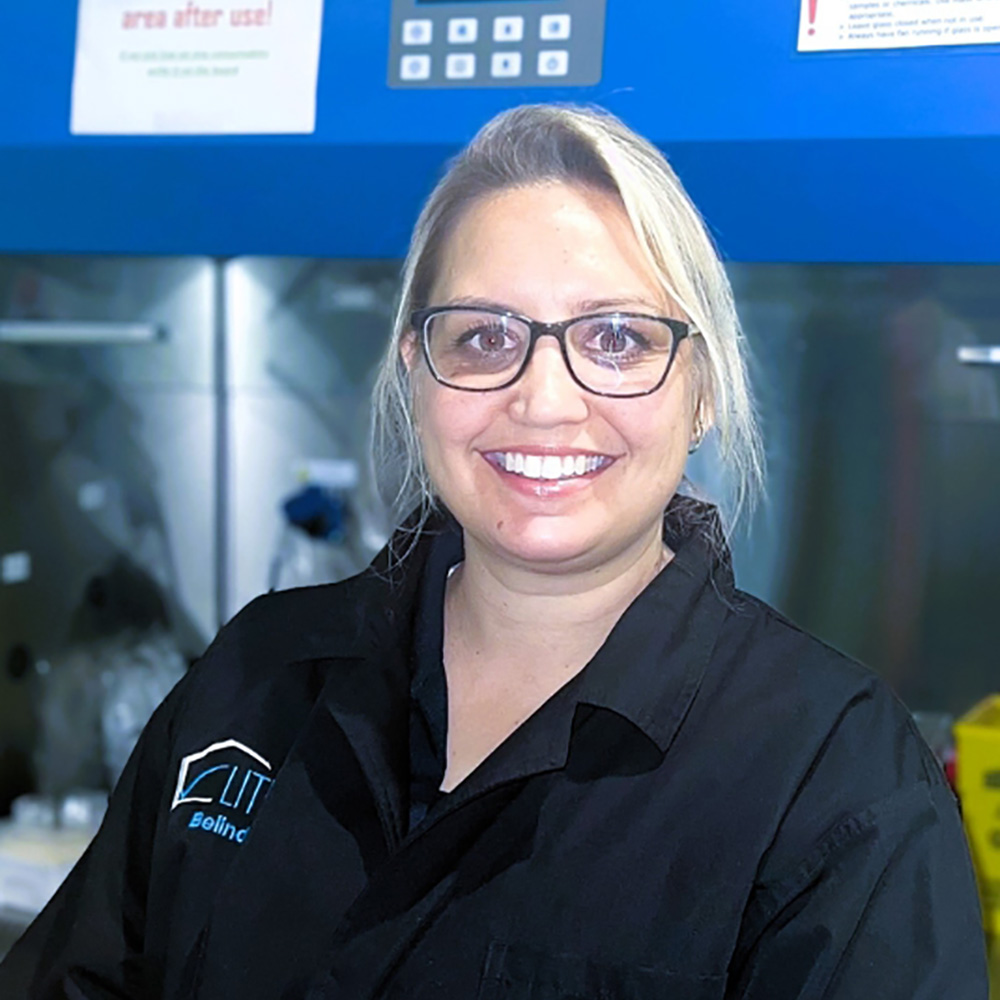
Belinda Badger is a Laboratory Manager at LITMAS, a microbiology and mould laboratory in Brisbane with a focus on the health of indoor environments. Belinda holds a Bachelor of Applied Science (Biotechnology), and her work primarily involves identifying potential sources of contamination present within or on building materials from samples sent into her laboratory. Belinda is passionate about making a positive impact in people’s lives through collaborative efforts with professionals from diverse industries.
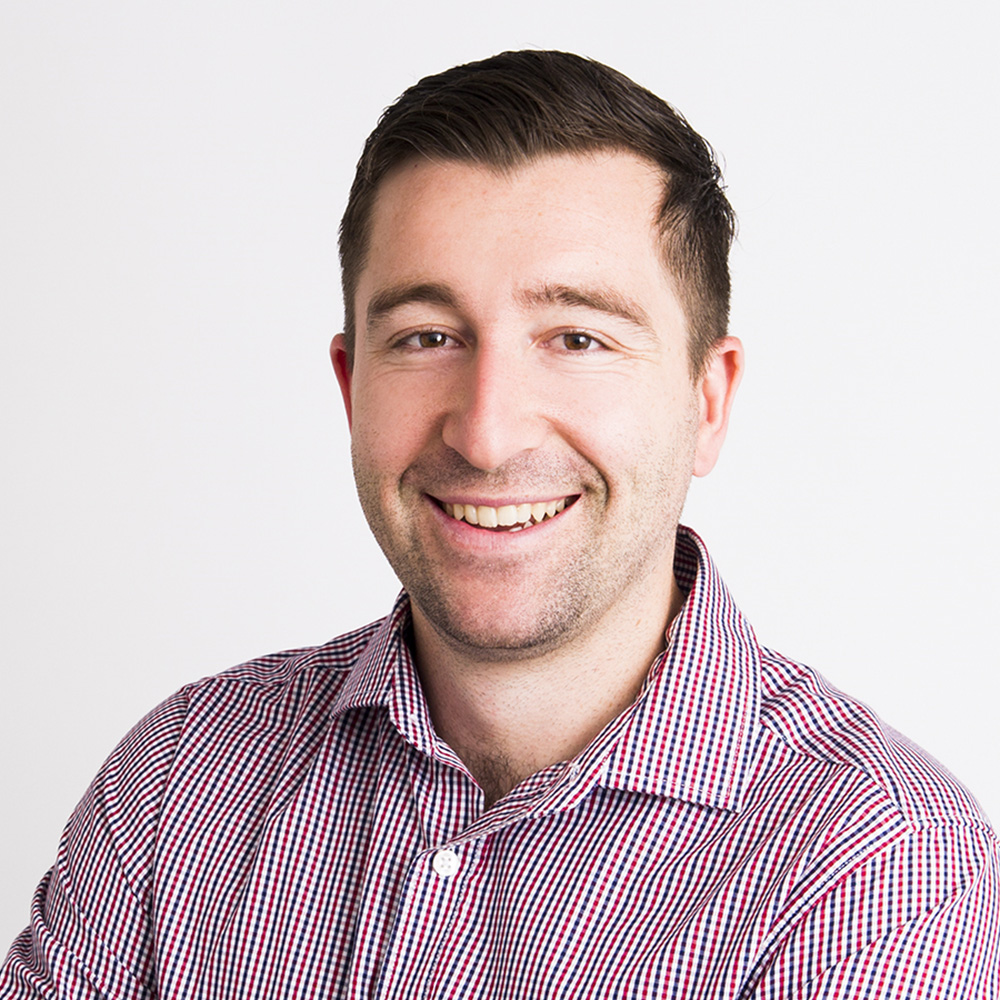
Bryan Jepsen is the director in the consulting firm, Keystone Environmental, environmental laboratory analysis, Oceanic Laboratory Initiative and Professional Development platform, The Skylight Academy. He has almost 20 years of experience working in the built environment, and has been consulting for the last decade. Bryan has a multi-disciplinary background that includes building biology and occupational hygiene. He specialises in microbial consulting and has experience in HVAC commissioning and hygiene, controlled environments, and water-damaged buildings. Additionally, Bryan is the secretary of IAQA Australia and he is actively involved in domestic and international standards committees for environmental quality, including fungal assessments and analysis. He also participates in technical working groups to review and discuss industry standards, guidelines and trends.
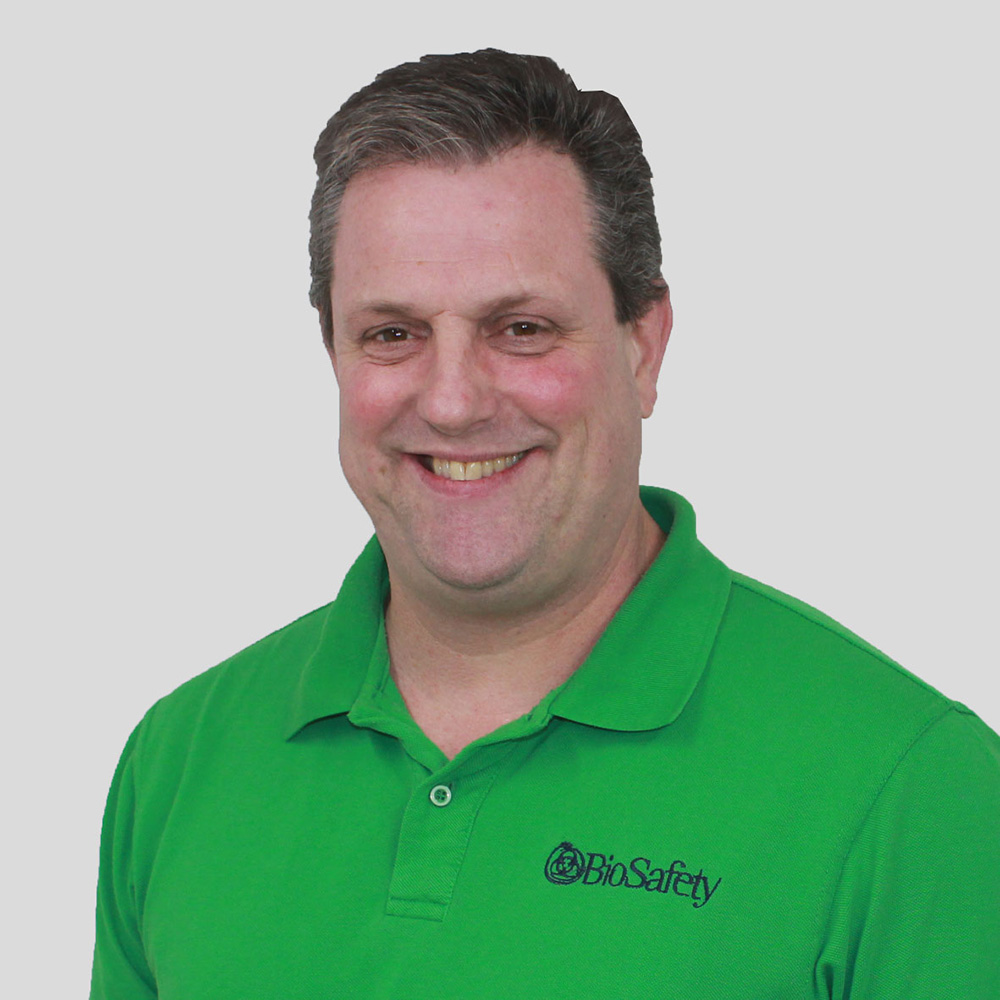
Brett Cole has been working in contamination control in the high containment, life sciences, healthcare and food/beverage market for over 20 years. His formal qualifications are in Environmental Microbiology and Chemistry and later in Occupational Hygiene and Toxicology. His experience has been in academic microbiological research, medical devices for high-level disinfection, engineering controls for contamination abatement, materials handling, infectious and contaminated waste and facility microbial testing, decontamination, and remediation. He has worked in Australia, Europe, New Zealand, North America, and the Asia Pacific on many contamination projects from beta-lactam site remediation, animal facility infection, clean-in-process decontamination, mould infestation, biological contaminated site decontamination.
Brett works with many facility, building and HVAC managers, government departments (DHHS, OGTR, DAWE and DPI), healthcare services and universities on occupational hygiene and contamination projects. Brett compiled and presented the Biological Safety Cabinet Training Package for ABSANZ for readiness for the IFBA Certification exam and has been involved with many Australian Standards. Brett is a director of and member of the Scientific Advisory Board (SAB) for the International Bioscience and Built Environment Consortium (IBEC) which focuses on safe indoor spaces.
Mycometer workshop
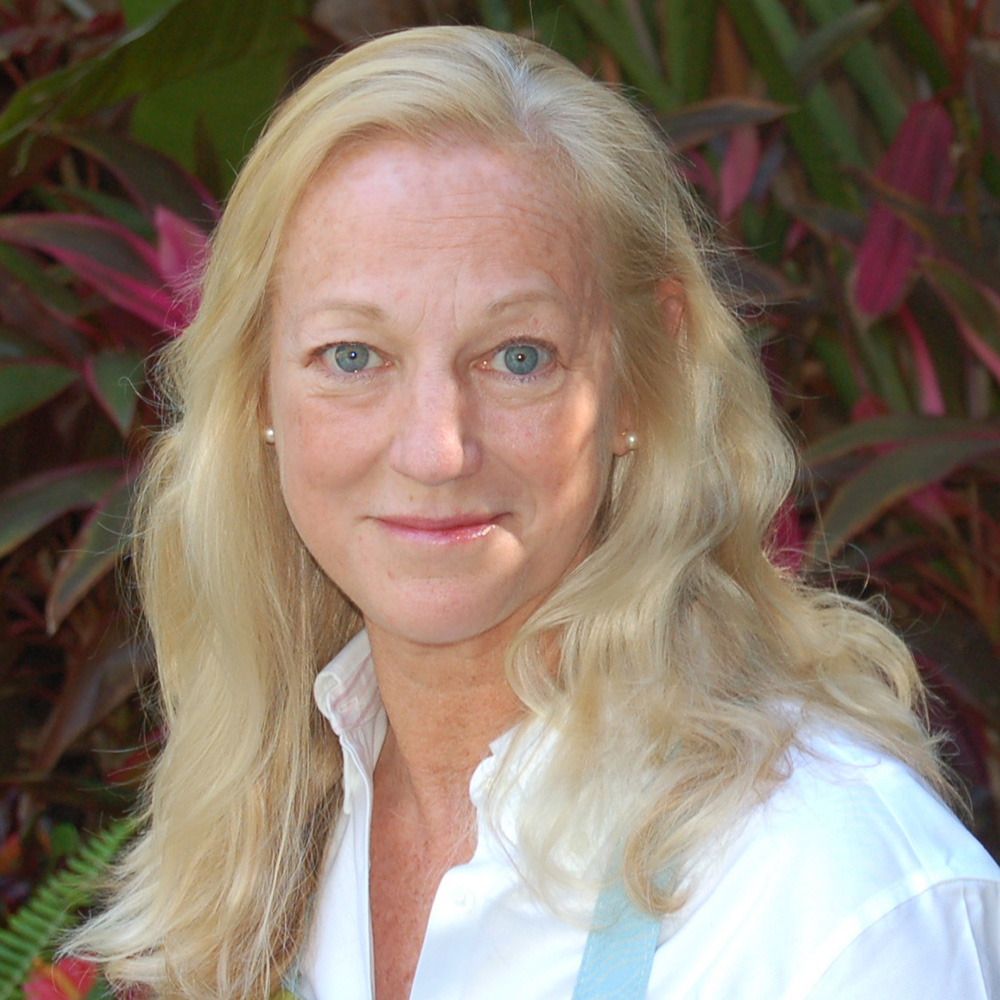

Lisa J. Rogers has been a science nerd since she could crawl but it was when, at four years old, she made mudpies with poison ivy that she laid the foundation for a lifelong focus in the environmental health and safety field. She has been very fortunate over her decades-long career to rub elbows with kind and brilliant icons in the EHS and IAQ disciplines. Although she declines to be a name-dropper, her experience earned her an invitation to participate on a NATO Science Advisory Committee developing international guidelines for indoor air quality issues. Other things that occupy her time include:
- ASTM Fellow and Chair of ASTM committee, D22, Air Quality, and Chair of subcommittee D22.08 Assessment, Sampling, and Analysis of Microorganisms
- Head of US Technical Advisory Group (TAG) for TC 146 SC6 to the International Standards Organization (ISO)
- Member of the AIHA and the Indoor Environmental Quality (IEQ) Committee
- President of Indoor Air Quality Association (IAQA)
- Emeritus Director for the Board of the Environmental Information Association (EIA)
- Former member of ASHRAE Standard 62.1, Ventilation for Acceptable Indoor Air Quality for 12 years
Since 2007, Lisa has served as President of Mycometer Inc. the US subsidiary of a Danish-based firm.
Restoration reporting
This workshop about restoration reporting will be delivered by Lane Larsen from Clean Claims. He will discuss how to easily prepare a report that is fully justified. Learn how to eliminate the guesswork and get paid faster.

Lane Larsen is the CEO of Clean Claims LLC, a process enforcement software/remote monitoring solution for the restoration industry. Clean Claims creates transparency between the restorer, the carrier, and clients with instant real-time unmanipulated data. Lane’s system does not give the option of falsifying readings, equipment on jobs, or the duration pieces of equipment were on jobs. Wireless thermal hygrometers and moisture meters make it impossible to debate whether something was or wasn’t done during the mitigation/restoration process. Clean Claims is helping to eliminate the day-to-day arguing that restorers are so used to dealing with.
Respiratory protection
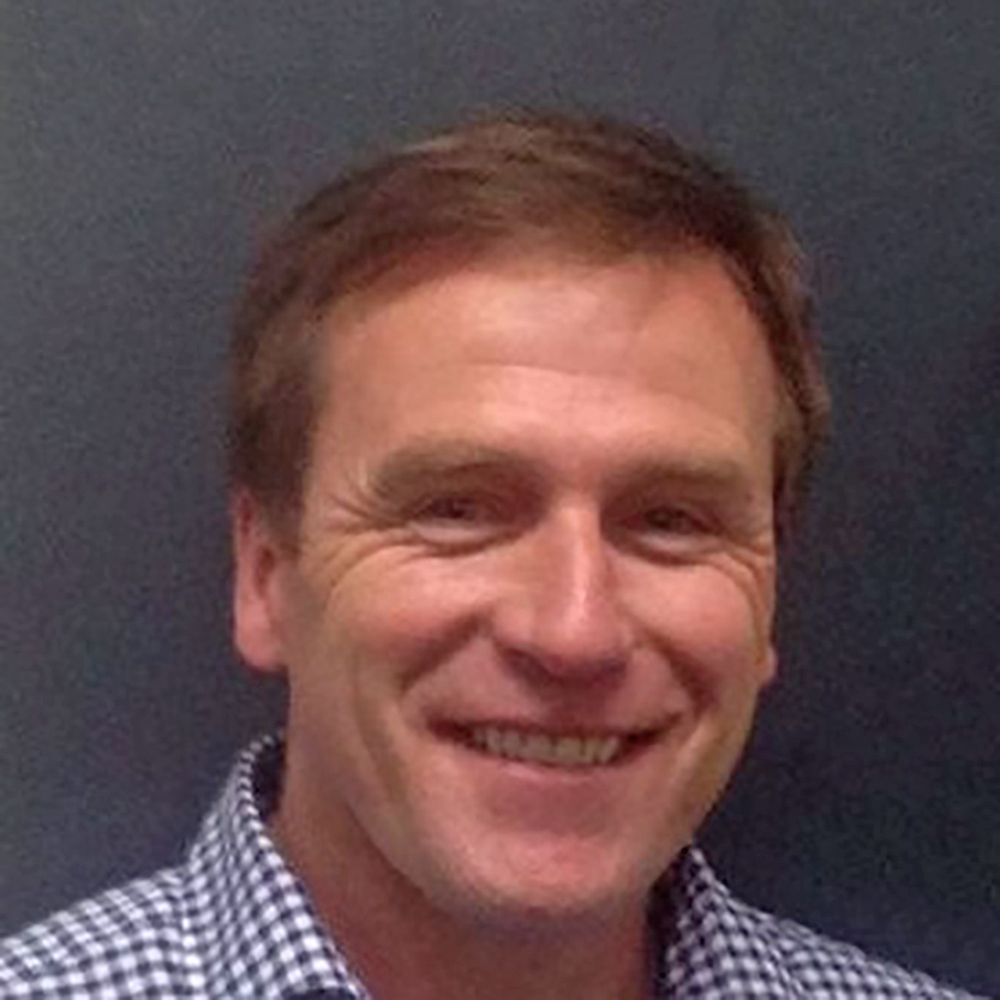
Sean Driscoll has over 25 years of experience in health services and medical devices. After practicing as a chiropractor in Australia and England, he joined medical device company Stryker in 2004. For more than 18 years, he worked in various sales leadership roles regionally and across Australia and New Zealand. In 2022, Sean joined CleanSpace Technology as Regional Director for Healthcare. In 2023, this role was expanded to Regional Vice-President for Asia Pacific (Industry and Healthcare). Sean is passionate about CleanSpace Technology. He is proud to be promoting an Australian innovation and quality Australian-made CleanSpace respirators. Sean is driven to contribute to safeguarding workers across industry and healthcare with world-leading advanced respiratory protection. Coming from Victoria, by default he has a rivalry with New South Wales, and so barracks for Queensland in the State of Origin!
